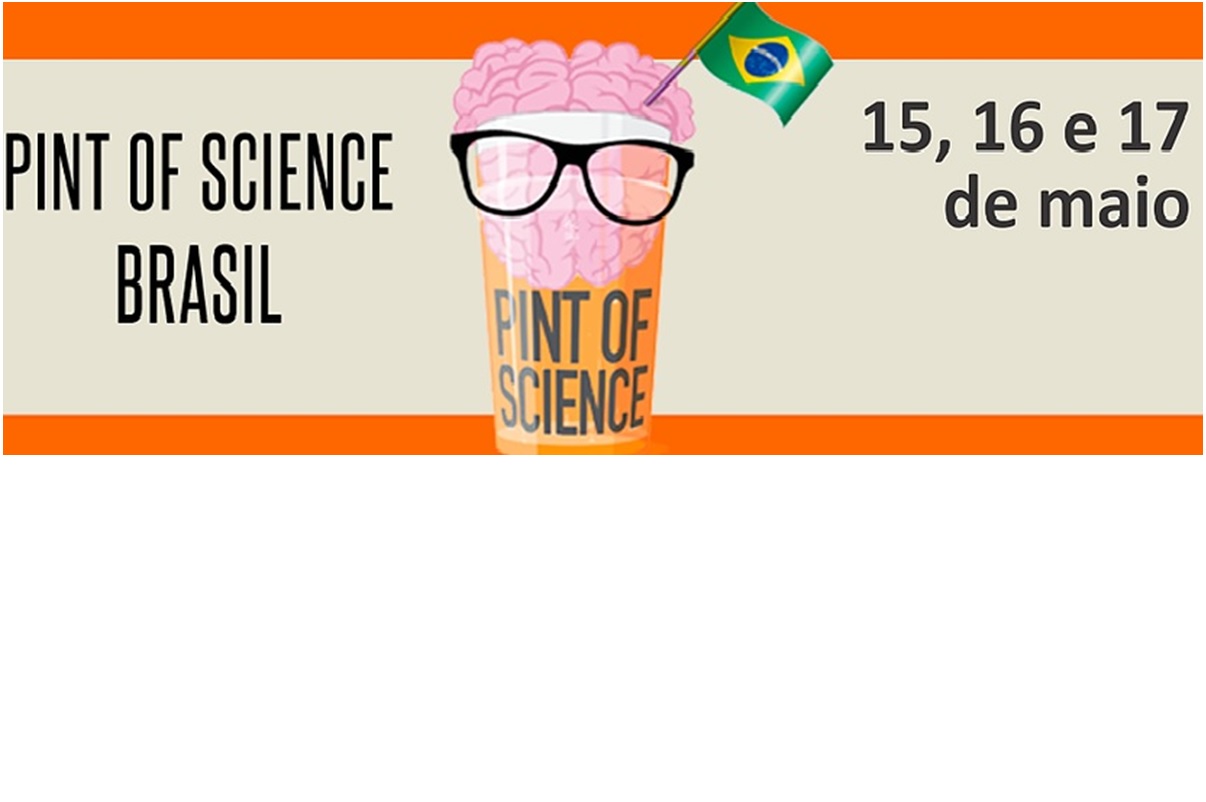Subject matter: How to develop new drugs from our biodiversity?
Date: May 17 – 7:30 p.m. to 9:00 p.m.
Location: West Brothers – Avenida Trabalhador são-carlense, 67, São Carlos – SP



How are new drugs based on compounds found in Brazilian biodiversity developed? Can synthetic substances also be used as medicine? What are the main challenges faced by scientists in this long process?
These are some of the questions to be answered in this chat. It is estimated that about 60% of the medicines available on the market are derived from natural products or inspired by natural products. Long time researchers from various parts of the world are looking at Brazilian biodiversity.
In this sense, the Biota project was created, financed by the São Paulo Research Foundation (FAPESP) and, more recently, the Center for Research and Innovation in Biodiversity and Drug Discovery (CIBFar), one of the Research, Innovation and Dissemination Centers (CEPID) of FAPESP. Thus, several Brazilian scientists have become more involved in the search for compounds from our biodiversity.
The three guests for this chat are part of CIBFar and will tell the audience how a new drug is being developed. A work that requires intense collaboration between scientists of various specialties. Some of these collaborations, for example, led to the creation of the first database of natural chemical compounds extracted from this biodiversity, named NuBBE Database. This database provides information on more than 640 substances, including their physico-chemical properties, biological properties and even three-dimensional structure of the compounds. Such information is essential for researchers and companies working in medicinal chemistry.
These data are available on the web, bringing together the knowledge generated in more than 15 years of researches from the Nucleus of Bioassays, Biosynthesis and Ecophysiology of Natural Products (NuBBE) of the Unesp Institute of Chemistry of Araraquara. It was developed in collaboration with researchers from the Institute of Physics of São Carlos (IFSC) of USP, which is the headquarters of CIBFar. Still are part of the CIBFar, researchers from the Chemistry Department of the Federal University of São Carlos, the Institute of Chemistry of UNICAMP and the School of Pharmaceutical Sciences of Ribeirão Preto of USP.
Article extracted from site “Pint of science Brazil”: http://pintofscience.com.br/





